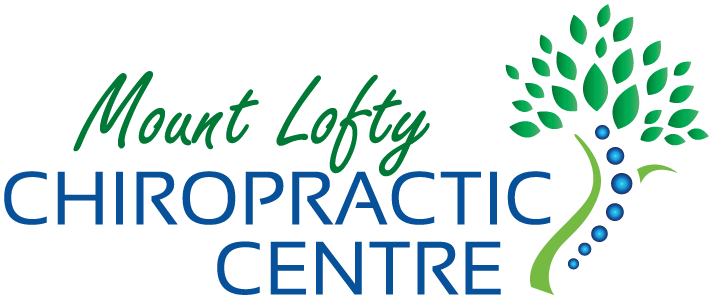 When the chiropractor provides care and treatment for the management, optimisation, and rehabilitation of an athlete via the neuro-musculoskeletal system, we call this modality as Sports Chiropractic.
When the chiropractor provides care and treatment for the management, optimisation, and rehabilitation of an athlete via the neuro-musculoskeletal system, we call this modality as Sports Chiropractic.
Chiropractic has long been an achiever in the realm of sports injury rehabilitation and athletic performance management. Many athletes and sports managers alike have realised the benefits of chiropractic care in sports and have incorporated it as part of their training regimen.
As the function of muscles and joints are all supplied and controlled by the nervous system, fine-tuning this neuromuscular function with chiropractic care has allowed many athletes to recover from sporting injuries and prevent their recurrence, as well as increase the athletes’ performance.
Optimum recovery, strength, stamina, and balance all require a properly functioning nervous system. At Mt Lofty Chiropractic, we have great experience and results working with local athletes and teams, both amateur and professional. We want to ensure players receive the best possible care for their injuries and keep them in the game.
Sports Injury Management via Chiropractic
Sports injury management is about achieving optimal results for quicker recovery time among patients. The chiropractor employs chiropractic techniques to realign the spine and help restore mobility with exercises that assist the injured muscles, tendons, and ligaments to return to their normal state. If you have suffered a sports injury, proper rehabilitation is necessary for a healthy return to an active lifestyle.
The goals of sports injury treatment and rehabilitation are:
[su_list_fav]- Protect the injured tissues to allow healing and to control the early inflammatory phase.
- Rehabilitate flexibility, strength, proprioception, and muscle imbalance, and control physical activities with the aid of taping and splinting.
- Test the sport-specific activities to ensure the athlete can return to sport safely.
If proper rehabilitation is not undertaken, the athlete may be playing too soon with residual instability, proprioceptive disturbance, muscle weakness and imbalances. Customised programmes must be planned and implemented per athlete. This should include sport-specific exercises, adaptation to new postures to correct muscle imbalance, taping and strapping, and a home exercise programme.
Over-training must be avoided in all of these phases, and training should be monitored so that strenuous movements do not occur before full recovery has taken place.
It is obvious that prevention is better than cure, and our chiropractors will always advise the patient on how to prevent recurrence of the injury once he or she returns to sport.

